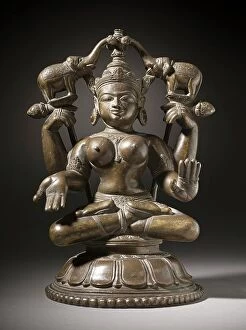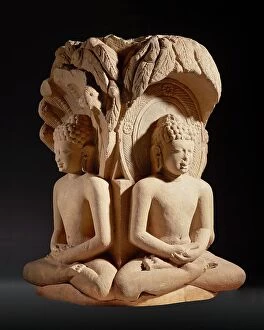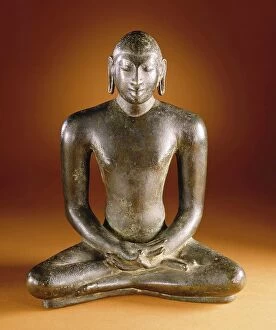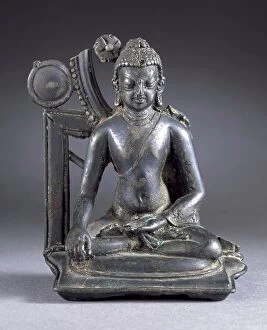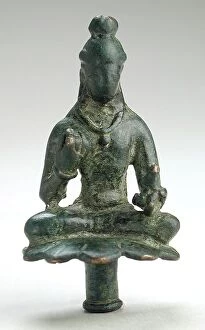Padma Asana Collection
Padma asana, also known as Lotus Pose, is a classic yoga posture that symbolizes purity and enlightenment
All Professionally Made to Order for Quick Shipping
Padma asana, also known as Lotus Pose, is a classic yoga posture that symbolizes purity and enlightenment. This seated pose requires flexibility in the hips and knees, as well as a strong core to maintain balance. By sitting with the spine straight and shoulders relaxed, practitioners can experience a sense of calmness and inner peace. The name "padma" translates to lotus flower in Sanskrit, which holds spiritual significance in many Eastern traditions. Just like the lotus flower emerges from muddy waters unblemished and pure, practicing they are help us rise above our struggles and find clarity amidst chaos. As we settle into this meditative posture, we are encouraged to focus on our breath and quiet the mind. With each inhale and exhale, we let go of tension and distractions, allowing ourselves to be fully present in the moment. Padma asana is not only beneficial for physical health – it also has profound effects on mental well-being. Regular practice can improve concentration, reduce stress levels, and promote emotional stability. Whether you're a seasoned yogi or just starting out on your journey towards self-discovery, incorporating Padma asana into your practice can bring about a sense of harmony between body, mind, and spirit. Embrace the beauty of stillness within this graceful pose and unlock its transformative power within yourself.


